3 Themes That Show up in Every Mike Flanagan Project
With so much depth to everything he touches, you’ll notice several themes that come up in nearly every adaptation, emerging in fresh new ways each time.
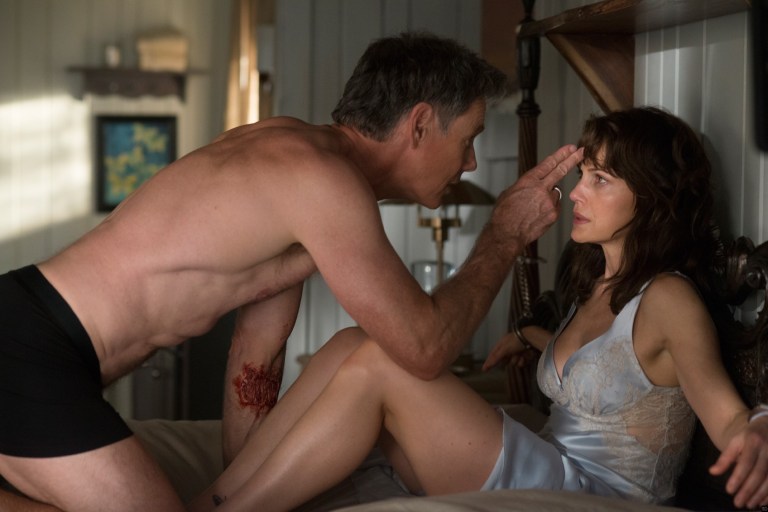
Mike Flanagan is an acclaimed director and one of few who also write and edit their productions, bringing his unique vision to life with nearly total control. After watching one of his works, it’s easy to see his films and shows are unlike most in the horror genre. With so much depth to everything he touches, you’ll notice several themes that come up in nearly every adaptation, emerging in fresh new ways each time.
Flanagan gains inspiration from several sources, including legendary horror writer Stephen King. He told Horror Revolution, “I’m a RABID fan of King. I became a Constant Reader in fifth grade with IT, and I own every book he’s ever written in hardcover. Nothing has influenced me over my life as much as King’s writing.” Considering he has done a few King adaptations, this isn’t all that surprising. He continues, “His grasp of character, his ability to create suspense, horror, and imbue it all with a deeper meaning… he’s a true hero of mine.” Most fans can probably agree Flanagan has nailed Stephen King’s essence while keeping his own unique spin and ability to tell engaging stories.
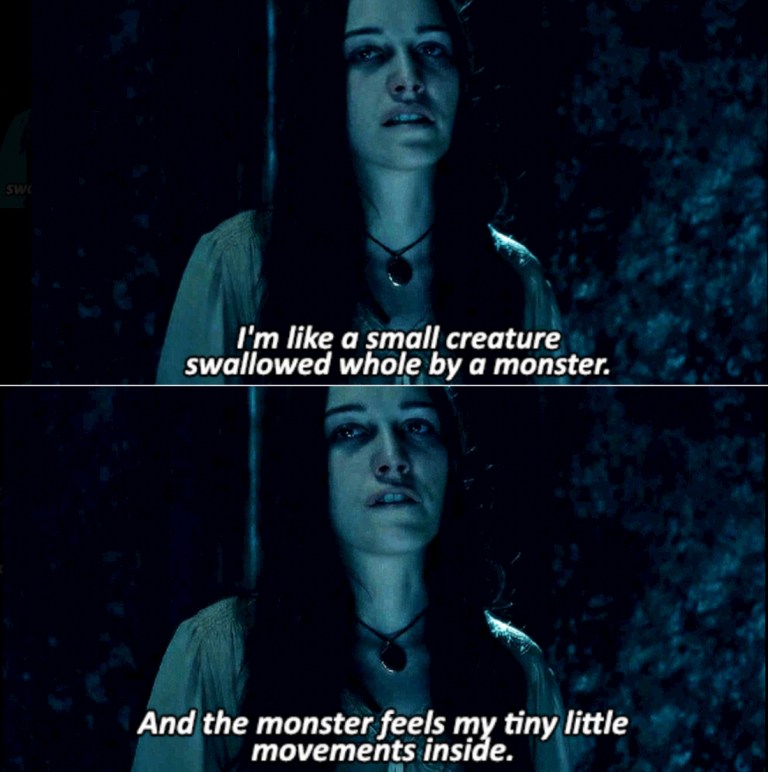
He’s also gotten inspiration from real-life experiences, which is likely how he has such an impressive ability to create believable characters in his films. For example, his struggle with alcoholism led him to add themes of addiction to several of his films and shows. In fact, he made the decision to stop drinking while filming Doctor Sleep (2019). While this element pops up in many of his works, it’s not prominent as a central theme throughout them all. However, there are three themes he’s incorporated in every adaptation.
Family Dynamics and Trauma
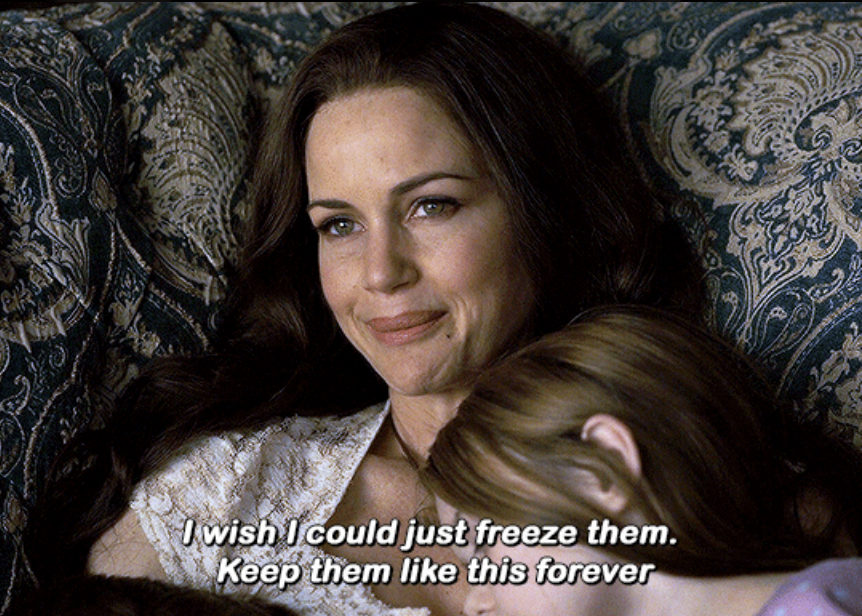
There’s no such thing as a perfect family, though the family trauma themes Mike Flanagan explores can be pretty extreme. He delves into the complexities of relationships, the lasting effects of traumatic events, and the resilience of those who have gone through it. These details create thought-provoking narratives with emotionally charged stories.
In The Haunting of Hill House Netflix series, for example, we learn more about the past wounds of the Crain family. Although each sibling shares the same traumas, they each internalize it and let it affect them differently. While one sibling, Steven, doesn’t face what he’s been through and lives in denial, others let it consume them entirely.
We also see trauma come to light in Flanagan’s adaptation of Stephen King’s Gerald’s Game (2017). This film centers around Jessie, who is handcuffed to a bed while playing a bondage game with her husband. When her husband dies suddenly, we see glimpses of past traumas play out while she fights for survival. Being emotionally scarred from the abuse from her father represents the psychological bondage she faced as a child.
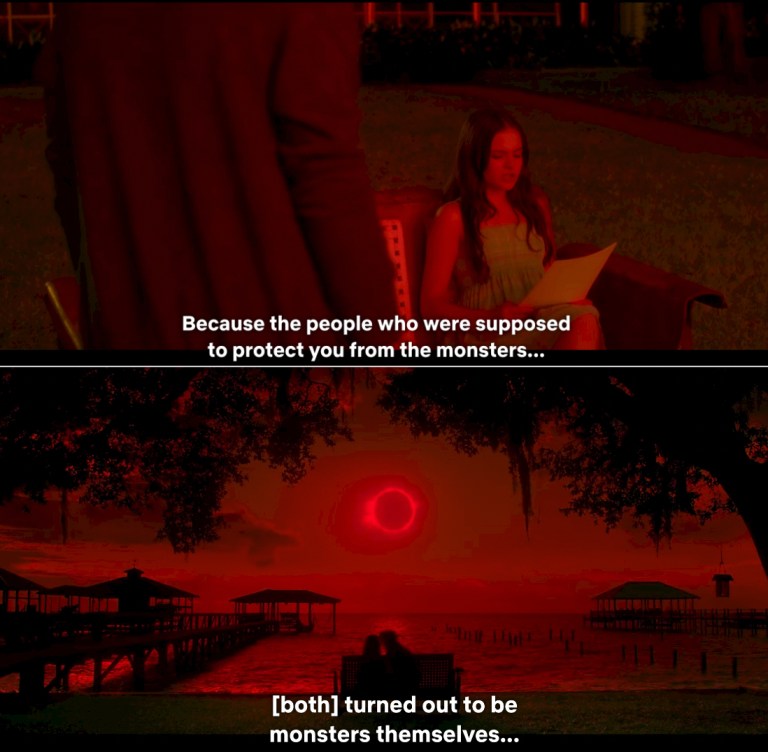
It’s impossible to discuss Mike Flanagan’s central theme of family dynamics and trauma without mentioning his Netflix series, The Fall of the House of Usher, based on Edgar Allan Poe’s works. While many of his other adaptations leave you with a sense of empathy for the broken and damaged characters, it’s hard to feel sorry for those in the Usher family. Nearly all of the characters have been shaped by family trauma, though it doesn’t excuse their actions. That said, the deal all along was that “the children foot the bill” for what Roderick had done. Roderick and Madeline believe they are untouchable, and it tends to be true. This mentality affects all of the children differently, causing them all to go down immoral paths.
Flanagan’s skilled approach to weaving in family trauma allows the viewer to see how the characters’ unresolved issues affect their present lives, which undoubtedly seem to mirror the past. Not only does he showcase the pain it causes, but he also often demonstrates the power of overcoming adversity by supporting one another.
Confronting the Past
Flanagan showcases past traumas and tends to put his characters in positions where they must confront their what they’ve been through to move forward. He uses flashbacks, memories, and symbolic imagery to give his audience a vivid description of what they’re experiencing and remembering. This creates added depth for the characters and adds a touch of mystery before ultimately moving the story forward. Many of the stories wouldn’t play out as well without these elements.
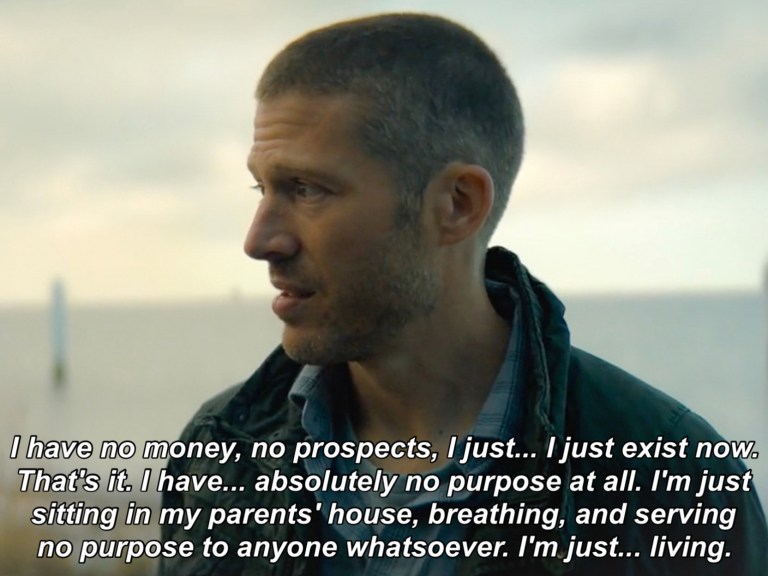
One notable example comes from his adaptation of Doctor Sleep, based on the Stephen King book of the same name. The main character, Dan Torrance, is haunted by the traumatic events he experienced in his childhood at the Overlook Hotel. Initially, he drowns out his psychic abilities with alcohol, helping him to suppress the harsh memories. As the story progresses, he must confront his past to protect Abra, a young girl with similar abilities. In doing so, he heads back to what remains of the hotel. As he faces the horrors at the haunted hotel, he can reconcile with what has happened. Not only does this propel the story forward, but allows Dan to go on a journey of emotional growth.
Another example comes from The Fall of the House of Usher, though this story is spun differently. Although most of his stories are about confronting the pain and trauma to move forward or redeem themselves, this series shows what happens when they don’t. Ligadone, the fictitious pharmaceutical drug in this series, is supposed to offer “a world without pain.” Essentially, this is what Verna offered Roderick and Madeline at the bar. Like the pill having its nasty side effects, taking the deal with Verna essentially left the “side effects” to be passed down to the Usher children. Roderick said it best himself, “You can’t eliminate pain. There’s no such thing as a painkiller.” There is only “denial.” We see how a life without pain means a life without personal growth, creating a ripple effect on his offspring. Roderick never changed because he never had to confront his past and pay for the consequences of his actions.
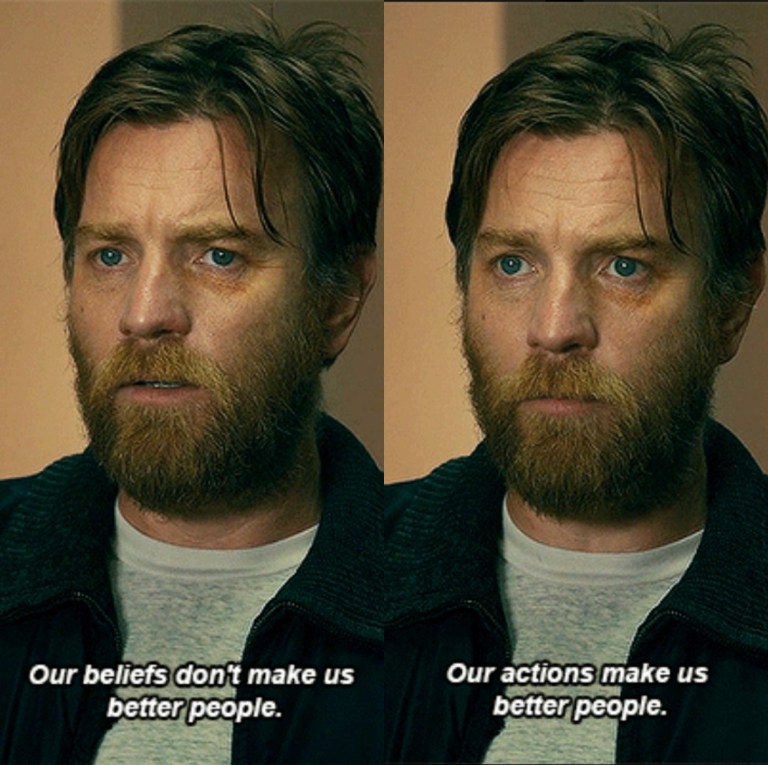
Mike Flanagan often weaves two timelines together, showing the intricacies between the past and the present. Watching the transformative journeys highlights the complexity of the human experience, creating unbelievable stories. Because of this element, viewers can more easily connect with the characters on the screen, immersing themselves in the narrative. You feel like you know these people, understand their struggle, and are fighting along with them.
Supernatural and The Afterlife
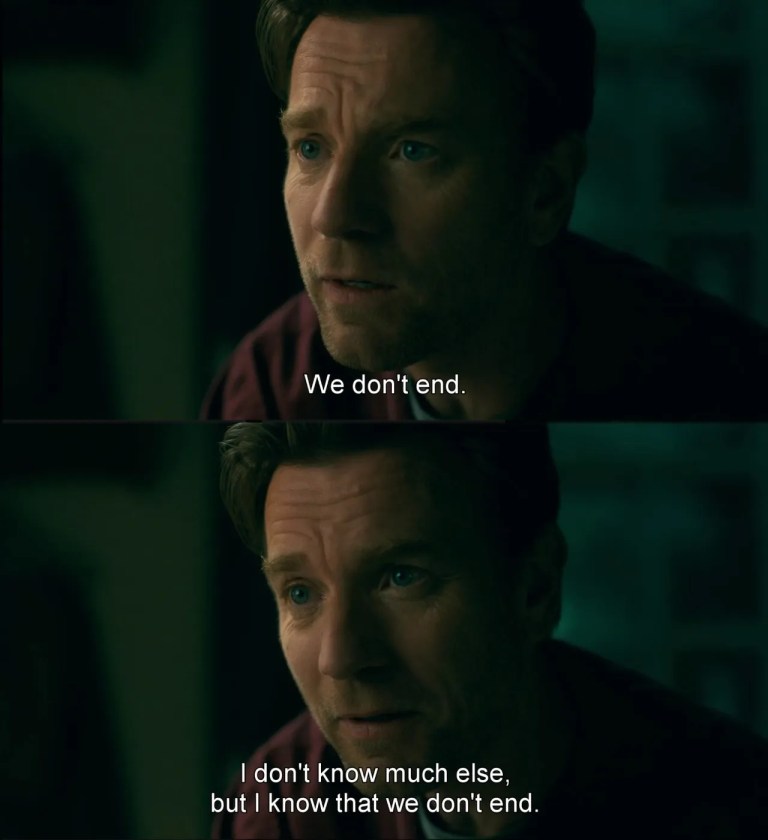
It wouldn’t be a Mike Flanagan adaptation without diving into supernatural elements and touching on mysteries of the afterlife. His films and series portray the afterlife as a realm that is intertwined with our current reality, with a thin veil between the living and the dead. Adding this concept to his stories keeps you on the edge of your seat, unsure of what you’re going to find in the next scene.
His storytelling is far beyond your average ghost story, however. In addition to covering psychological elements and family trauma to the living, many of the spirits have their own unresolved conflicts and emotional wounds. Flanagan explores several concepts of the supernatural, including reincarnation, parallel dimensions, angels, spirits, and psychic abilities, among others, allowing the audience to contemplate the vast possibilities outside the laws of nature.
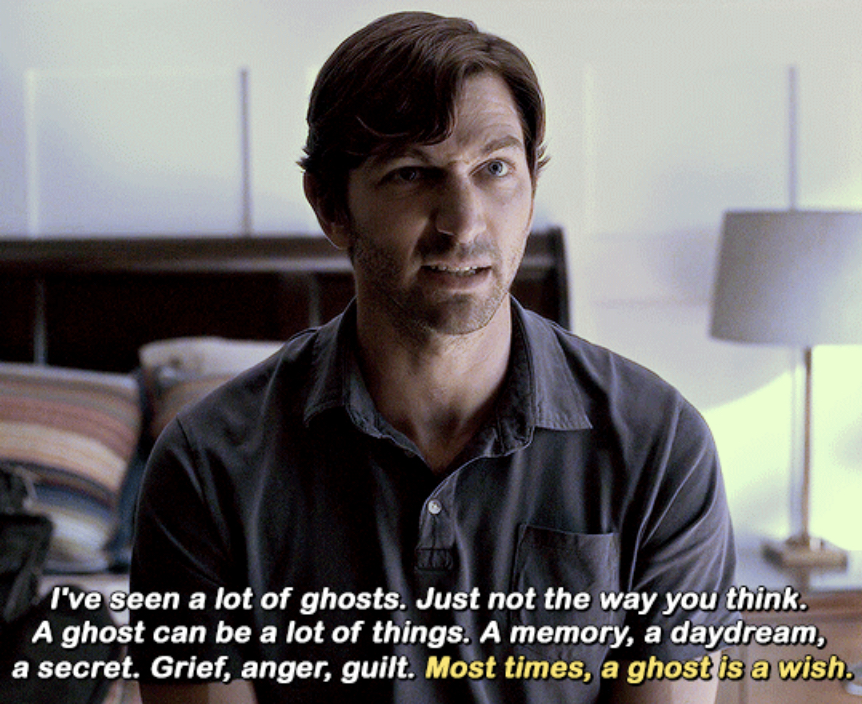
Supernatural events in his storytelling serve to explore the mysterious elements of the afterlife. Each of his works blurs the lines between reality and the spiritual realm, creating more suspense and mystique. This central theme allows him to dive even further into human emotions as they respond to the unimaginable world they’re living in.
For example, in Midnight Club, eight terminally ill teenagers meet up at midnight to tell each other stories, calling it, you guessed it, the “Midnight Club.” Knowing their fate, they make a morbid pact: whoever passes away first must return and communicate from the other side. While the series features ghostly apparitions and demonic rituals, it’s up to the viewer to decide if what’s seen is due to the supernatural or if these are explainable events.
Similarly, in The Haunting of Hill House, while plenty of spirits wander about, you spend most of the series determining what’s real and what’s imagined. Even after Flanagan confirmed that everything you see is, in fact, ghosts and not visions due to mental health issues, some fans still speculate. This is the beauty of his work; he’s able to intertwine all of the themes so magnificently that you’re left with plenty to talk about, even once it’s over.
Further reading:
